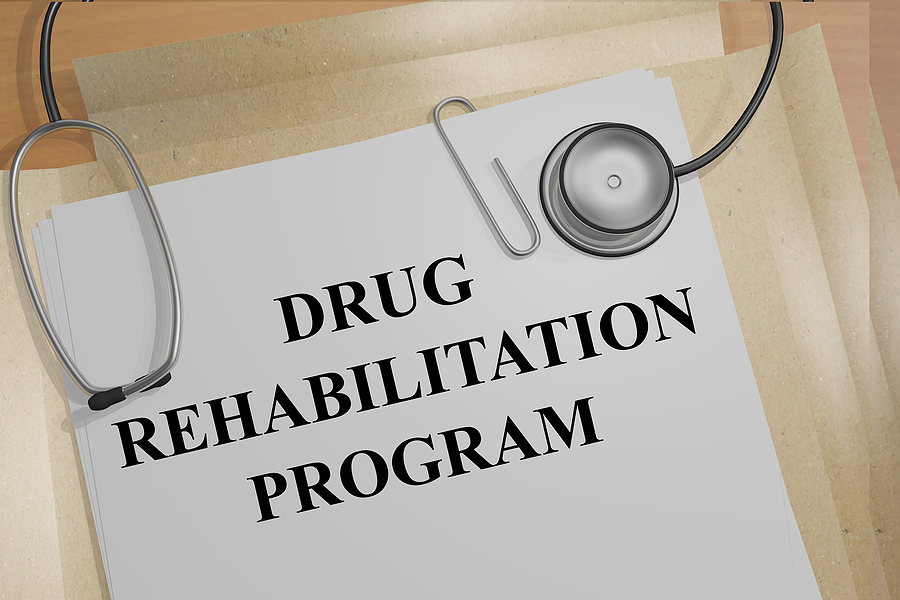Addiction reaches into lives, disrupts peace, and pulls people away from health, family, and purpose. Many feel trapped between fear and the need for help, unsure where to turn or how to begin. The truth remains simple: addiction treatment exists and offers hope. What is the most common treatment for addiction? We understand the weight of drug or alcohol use and how it leaves people lost or exhausted. Our work focuses on guiding you through treatment with clarity and respect, so you reclaim your health and future.
Therapies Proven to Help Most People
Various therapies stand as proven methods for treating drug and alcohol use. People often enter treatment because substance use has turned life upside down. Without help, thoughts and choices remain stuck in old patterns. Cognitive behavioral therapy, known as CBT, works as a powerful method to help people identify harmful beliefs and find new ways of thinking that are not problematic. Counselors teach people to challenge old assumptions, develop problem-solving skills, and break the link between stress and substance use.
Family therapy remains important because addiction strains connections. Silence and secrets damage trust. Family sessions create safe spaces where people share the truth without fear of blame. Honest words replace anger or distance. People learn new ways to speak and listen. Families often leave these sessions stronger and better prepared to support recovery.
Group therapy also builds community. People in group sessions see their struggles mirrored in others. Shame loses power when people speak openly. Group members encourage one another to stay strong, remember progress, and keep faith during hard days. People leave groups with practical ideas and friendships rooted in respect.
Behavioral and Medical Options Explained
What is the most common treatment for addiction? Addiction treatment often blends behavioral support and medical care. Common therapies for substance abuse include medications that help some people reduce cravings, calm anxiety, and lessen physical distress. Medication-assisted treatment helps people stand on solid ground while building new habits. For opioid use, medications like buprenorphine help stabilize the brain and block the effects of drugs. People then find it easier to focus on therapy and daily life.
For alcohol use, naltrexone reduces urges to drink and can help people avoid relapse. Medications alone never solve addiction, but they help people stay safe and steady while working on mental health and life skills.
Behavioral therapies also remain central in treatment. Cognitive behavioral therapy teaches people how to avoid triggers and how to replace drug use with other actions. Motivational interviewing gives people the tools to weigh choices and commit to change. Contingency management rewards positive behavior and helps people stay on the recovery path.
Combining Support for Better Results
Recovery grows stronger when people combine various types of support. Personal therapy allows private discussions about stress, pain, and hope. Some people speak more freely in private sessions than in groups. Therapists guide these conversations with care and without judgment. People often find relief once they speak the truth out loud.
Family therapy strengthens bonds broken under addiction’s weight. Families who learn to speak calmly and listen with patience create safe homes. Families often feel confused, hurt, or angry because of past events. Therapy offers a path toward healing and peace. People leave family sessions with new respect and new tools for daily life.
Group therapy gathers people with similar stories. People who once felt shame discover understanding and comfort. Group members share practical advice and celebrate victories. Friendships born in group therapy sometimes last for years, rooted in mutual support. People leave sessions feeling less alone and more hopeful.
Support groups like Alcoholics Anonymous or Narcotics Anonymous also help people avoid relapse. People in these groups share stories, offer wisdom, and hold each other accountable. Meetings remind people that addiction loses power when spoken out loud. Silence feeds addiction, but open words help break its grip.
Choosing the Right Program
Choosing the right treatment program requires honest thought. People should consider how substance use affects daily life, health, and relationships. Some people enter residential treatment where each hour follows a routine. Safe walls remove temptation. Time spent away from usual places gives people room to focus on health, rest, and emotional growth. Staff remain close to help during difficult moments.
Others prefer outpatient treatment, which allows them to remain home, work, and stay connected with family. People visit our center for therapy sessions and medical check-ins, then return home each night. Outpatient care suits those who feel stable enough to manage temptation while living at home.
No program suits everyone. People who ask questions and speak openly often find the right path. Recovery begins when people feel respected, heard, and safe. We remain committed to listening and helping you find your way forward.
Contact the Serenity Treatment Center of Louisiana
People deserve relief from addiction’s hold. We know how drug or alcohol use damages health, confidence, and relationships. What is the most common treatment for addiction? At Serenity Treatment Center of Louisiana, we built our program to help you find health and peace again.
Your future can hold freedom from addiction. Each step forward begins with one decision. Choose health, hope, and a new beginning. Contact Serenity Treatment Centers of Louisiana at (225) 361-0899 to get the help that you need.










